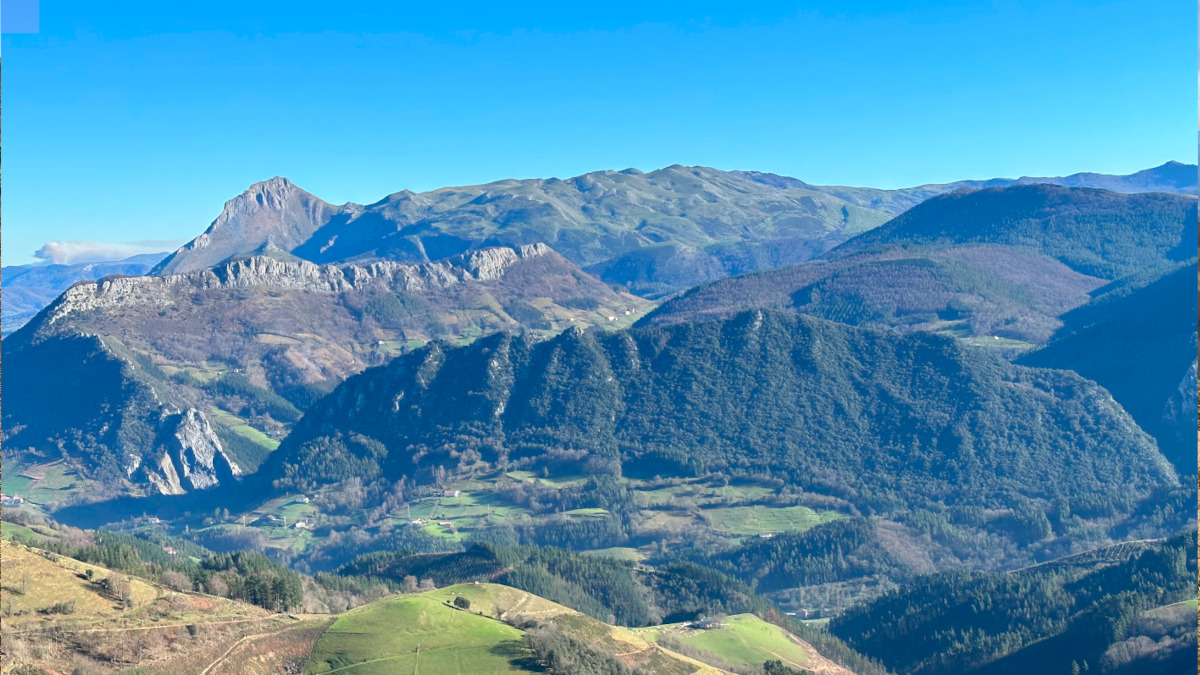The Ataun Dome is one of the most unique structures from a geological point of view. The accumulation of different materials in the tropical sea millions of years ago caused the accumulation of calcareous rocks between clay rocks. When the Iberian plate collided with the European plate, all these materials began to deform and rise. In the case of Ataun’s Dome there was an interference between two folds, deforming the rocks in the form of a dome. Due to a long erosion process that has lasted to the present day, these materials have been transformed to the present relief. Clay materials are softer, which is why limestones stand out in the landscape, especially in the rocky edges of the Dome.
The area known in the locality as Aitzarte, as its name indicates, designates the lands that extend within the rocket of the dome. Around it we can identify the main peaks of the Dome: Jentilbaratza, Aizkoate, Intzartzu, Arastortz, Agautz, Leizadi, Asundi and the Mallos of Loibe, among others. Also noteworthy are the streams born in Aitzarte and that have eroded the edge of the Dome in two points forming the cannons of Aitzarte and Kobatxo.
Water dissolution erosion in these calcareous rocks has generated a huge network of cavities. That is why more than 200 caves have been identified in the Dome. These cavities form a huge network of galleries thousands of meters underground. The existing aquifers are also of great importance due to the supply of numerous streams and sources.

